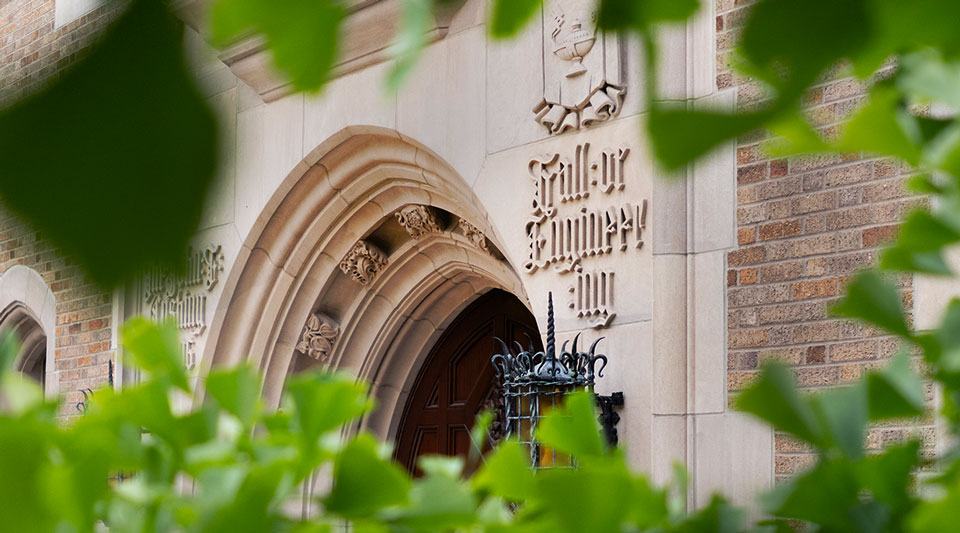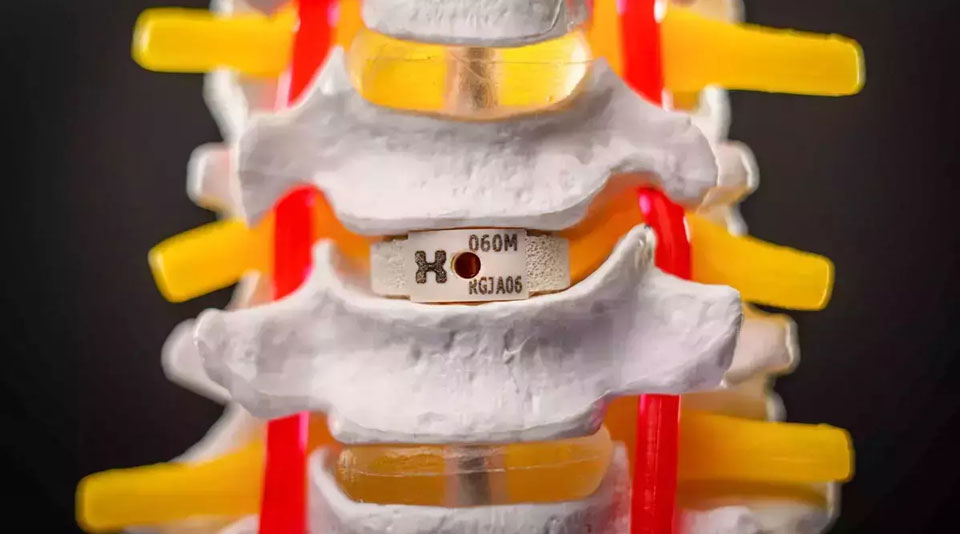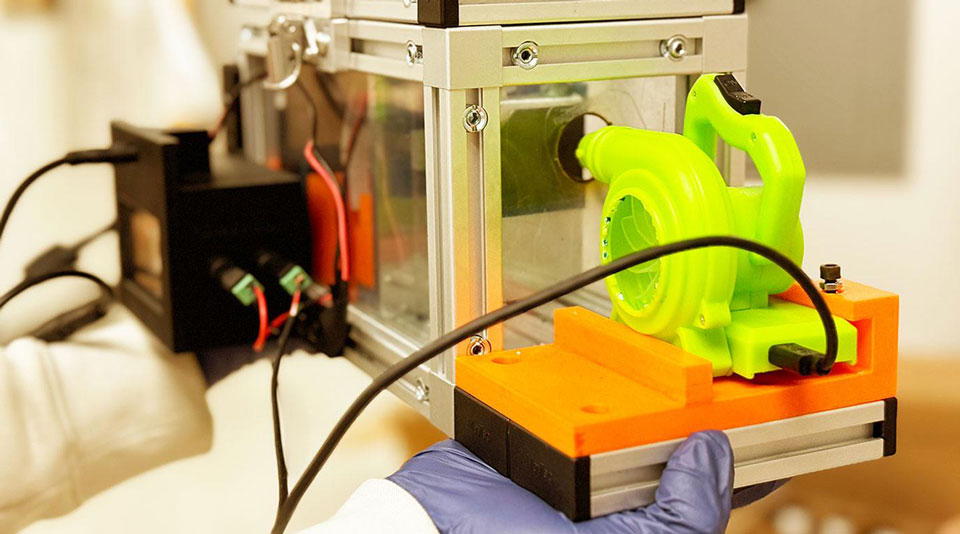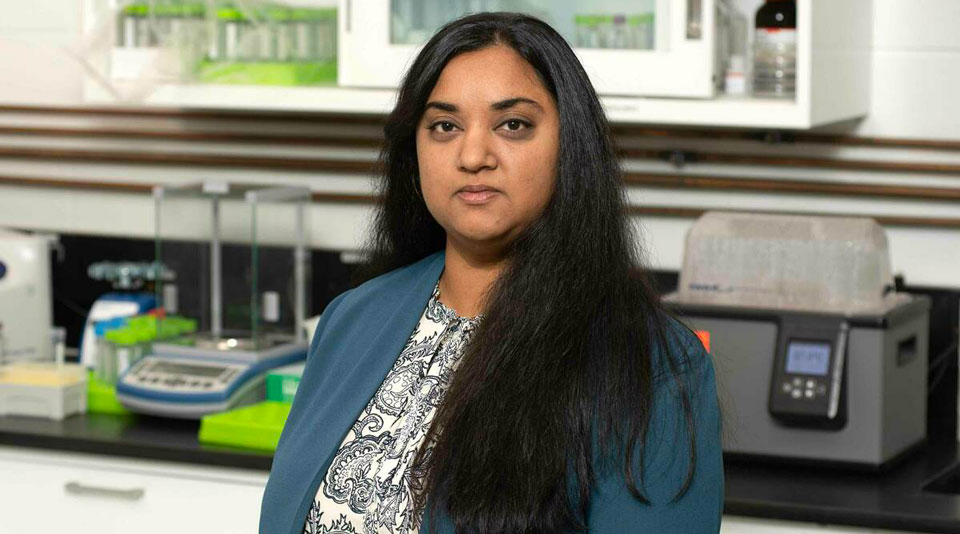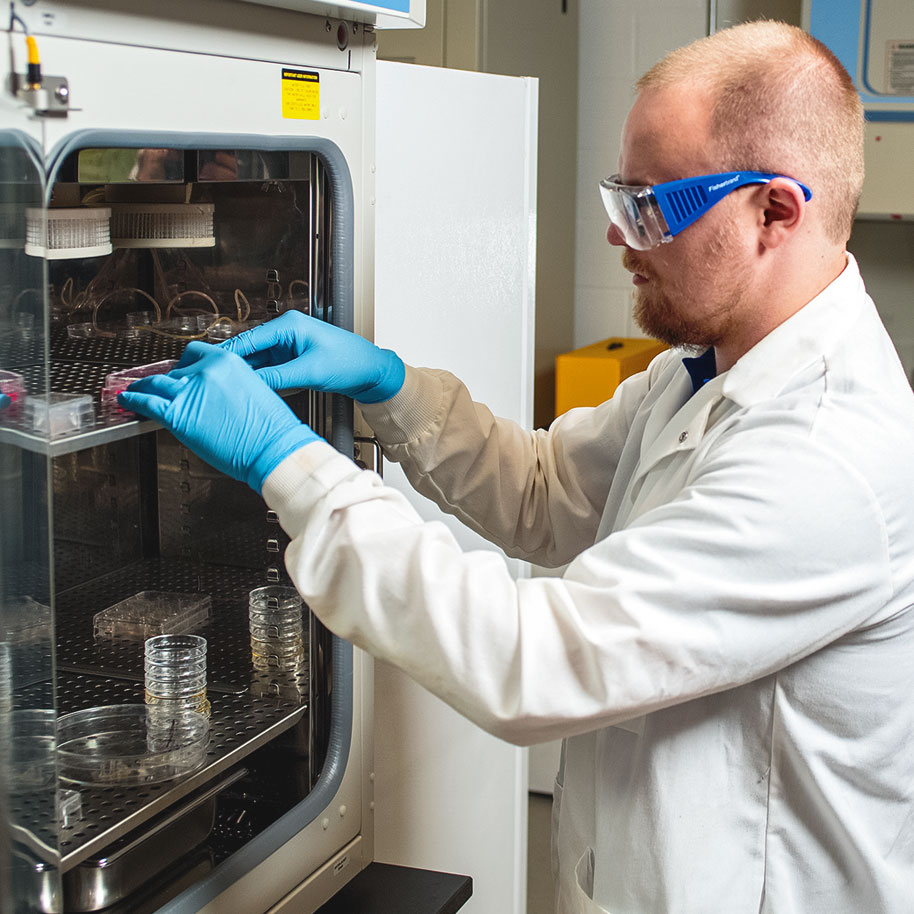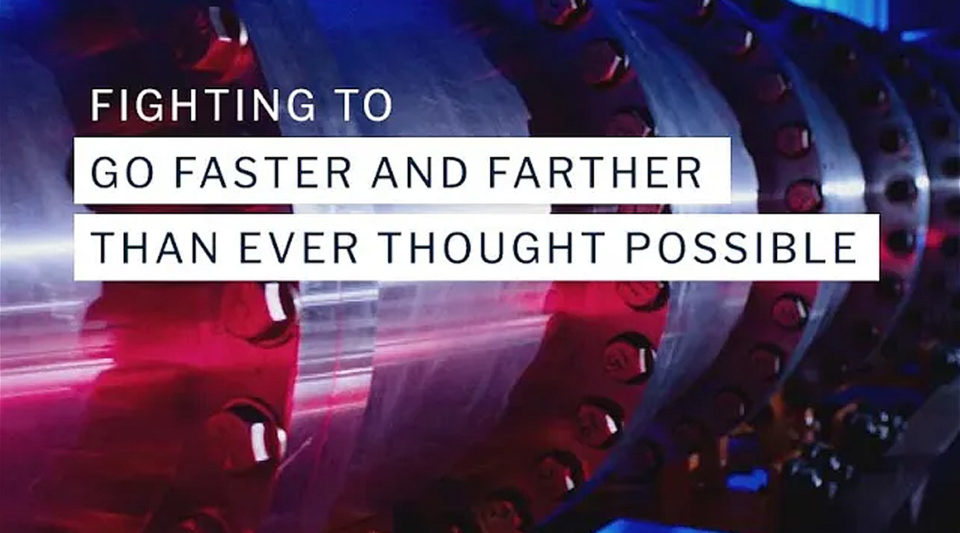Finding fusion: an engineer and neurosurgeon unite to improve spinal surgery
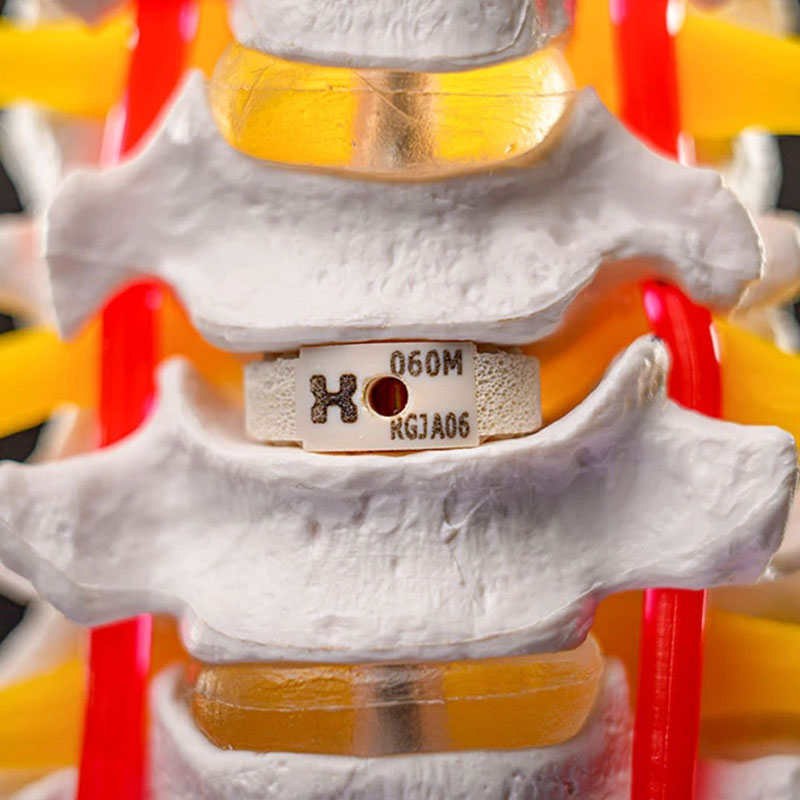

Aerospace and Mechanical Engineering is building a better world for all, tackling problems that affect human dignity and quality of life worldwide.
Won’t you join us? Learn more about undergraduate and graduate programs.
News
All NewsFind your area of interest
Search our site to find the people and programs that are engineering a better world.
Explore Aerospace and Mechanical Engineering
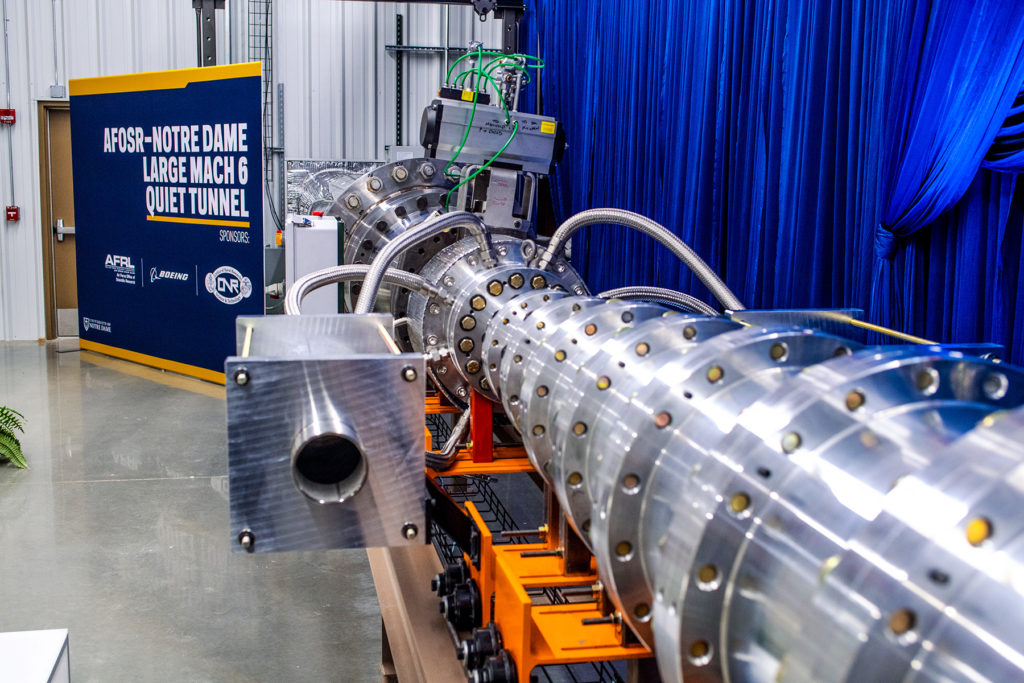
Facilities and Resources
Hessert Laboratory for Aerospace Research and Hessert Laboratory at White Field are among the world’s finest university-based aerospace research facilities. They feature 19 major high-speed wind tunnels that generate the near-flight conditions for groundbreaking work in aerospace engineering, as well as labs and equipment that support investigations in aero-acoustics, aero-optics, fluid-structure interactions, gas-turbine propulsion, general flow control, hypersonics, multi-phase flows, sensor and flow actuator development, and wind energy.
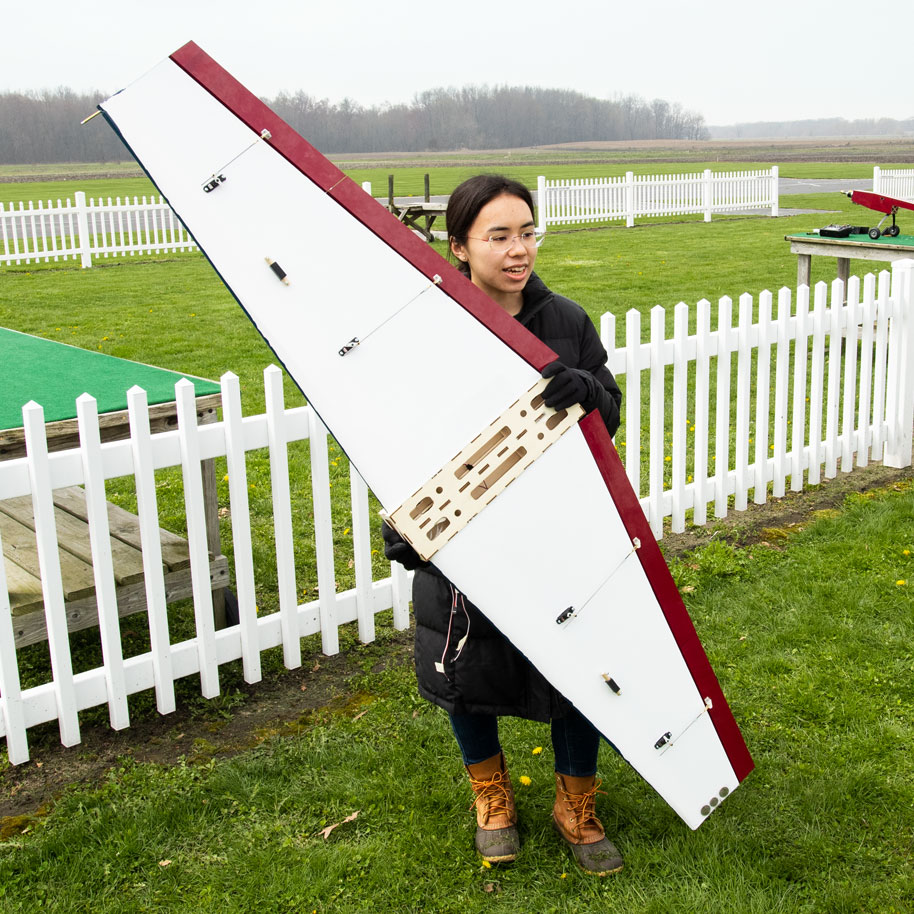
Undergraduate Programs
Aerospace and Mechanical Engineering offers two undergraduate degree programs, one in Aerospace Engineering and one in Mechanical Engineering.
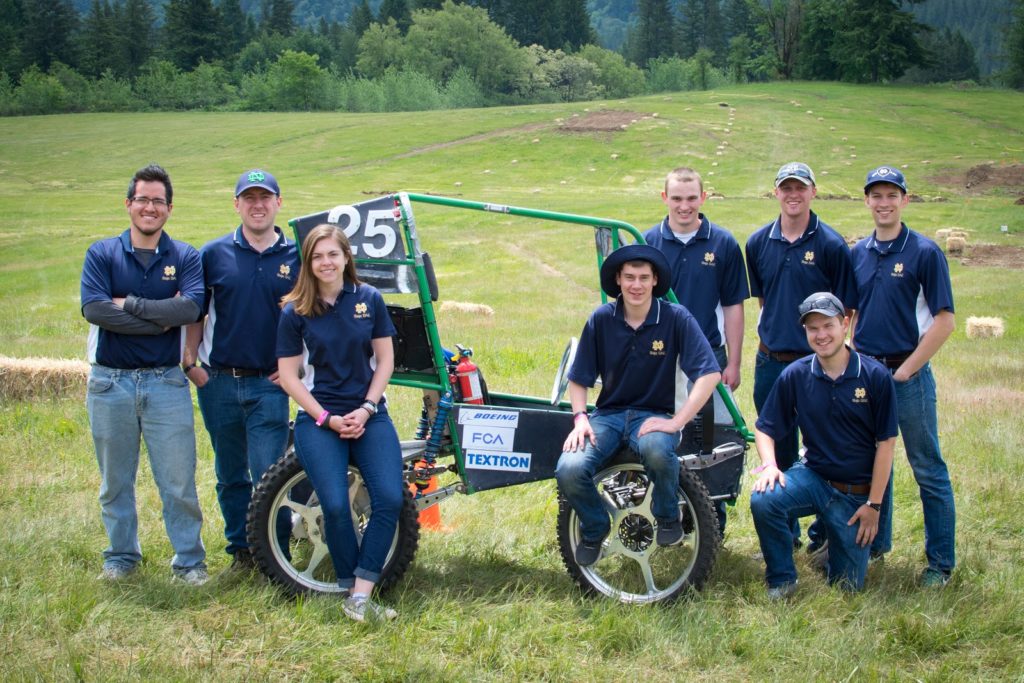
Clubs and community
Students contribute to campus life and the engineering profession through many clubs and organizations, including the Rocket Team, BajaSAE, NDSeed, Engineers without Borders, the marching band, glee club, liturgical choir, and many others.
